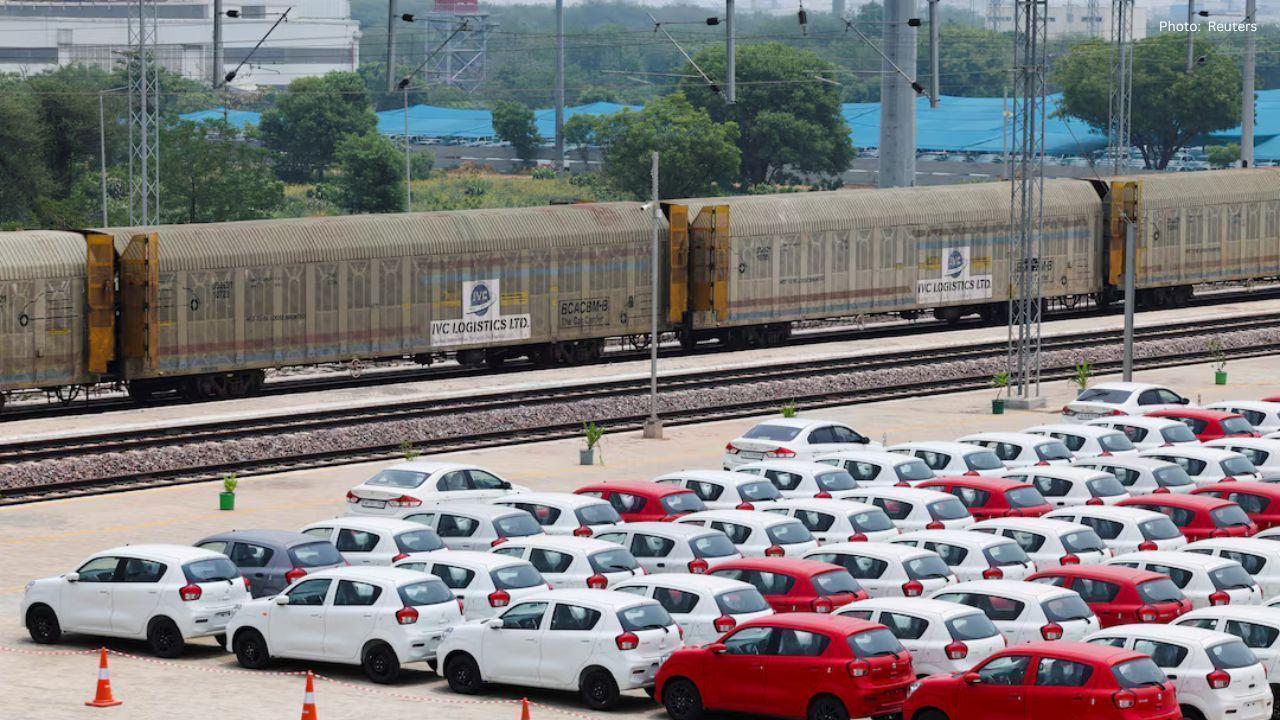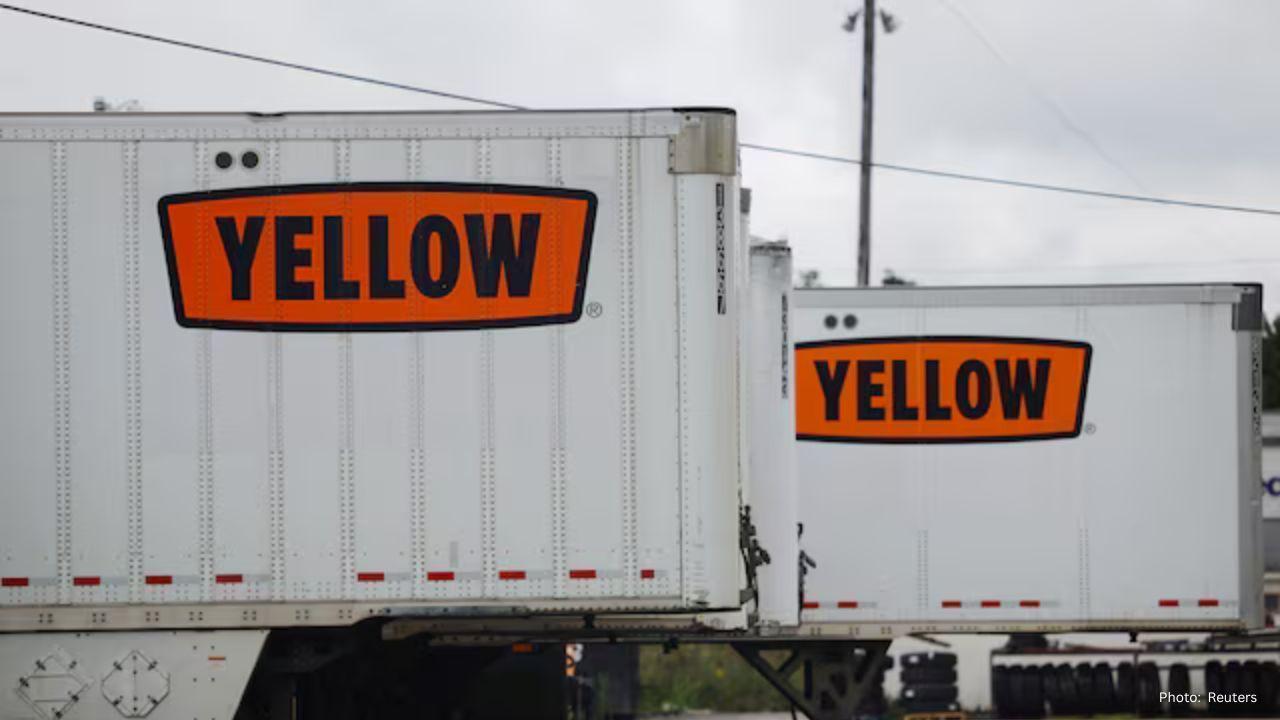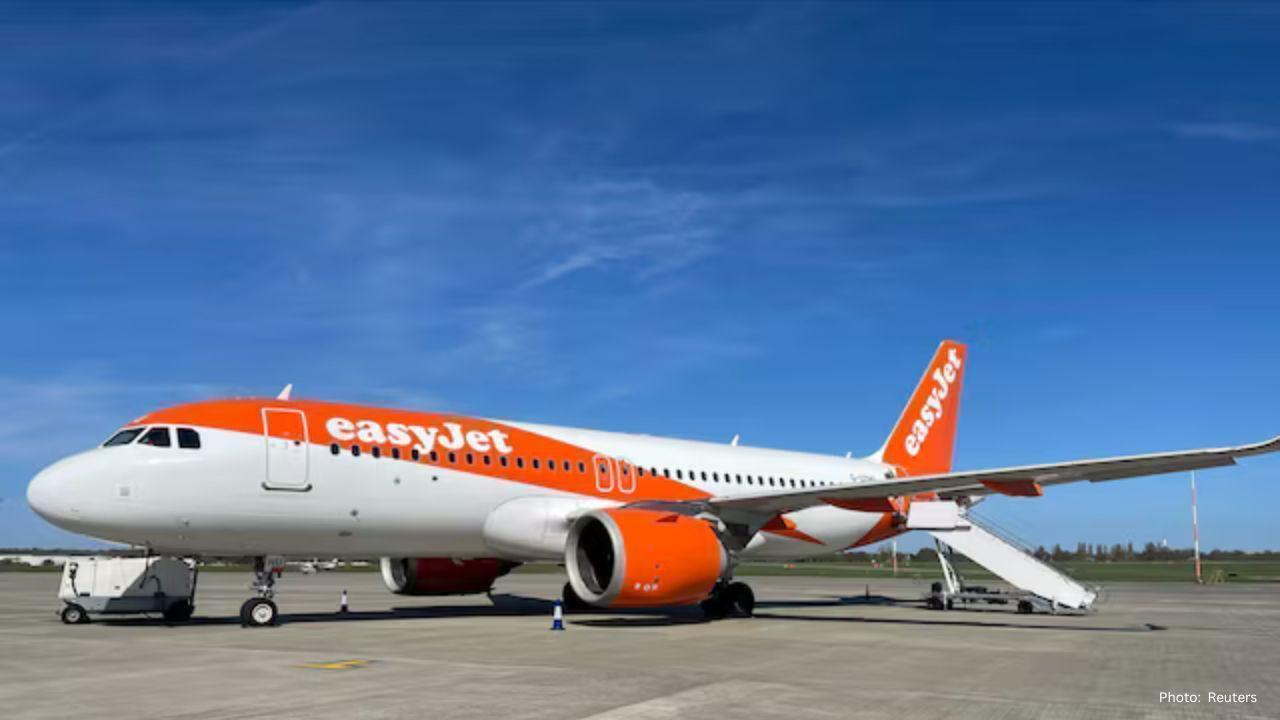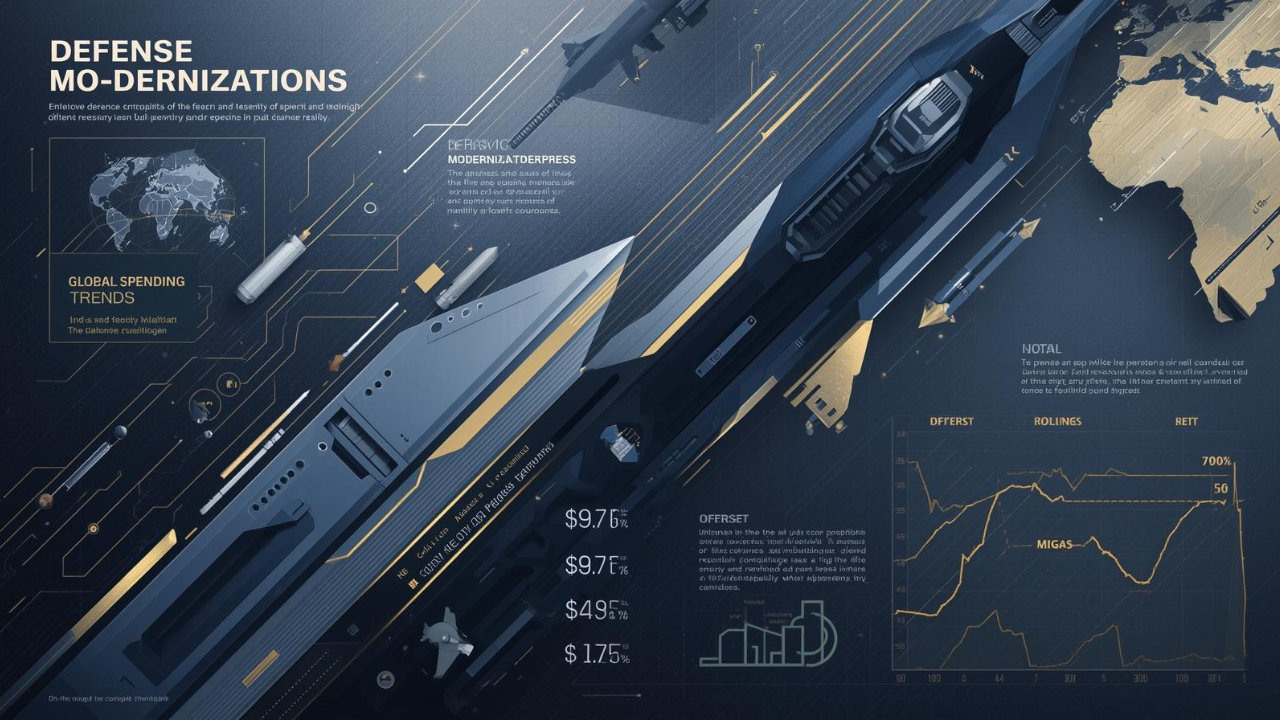
Post by : Avinab Raana
Photo : X / The EV Report
Taiga’s Leap in Electric Watercraft
Taiga Motors has unveiled its next-generation Orca electric watercraft lineup, redefining what users expect from EV boating. The new models include the three-seat crossover WX3 and an upgraded two-seat performance version P2, both coming with breakthrough features like fast charging, bidirectional vehicle-to-grid power, and advanced connectivity. Announced in September 2025, Taiga will begin delivering the new Orca models globally in 2026, including launches in Europe for the first time. This marks a major milestone for sustainable marine mobility, as the company pushes both performance and utility into each craft.
The unveiling of the WX3 and P2 models signifies Taiga’s ambition to make electric personal watercraft more versatile and capable. The new lineup is designed not just for recreational thrill but also for functional power, greater passenger capacity, and safety across diverse waterways. With parts exposed to saltwater, high temperatures, and demanding conditions, Taiga has addressed durability, corrosion, and user control with equal weight.
Orca WX3: Three-Seat Crossover for Water Adventures
Taiga’s Orca WX3 model introduces a three-seat crossover platform built for family adventures and tow sports. The extended hydrodynamic hull offers stability for cruising or fishing from the back deck. The reinforced tow system and accessory-ready rear platform enable users to attach boards or gear for wakeboarding, fishing, or leisure. An ergonomically designed three-person seat is optimized to lower the center of gravity, giving riders more confidence and control in turns or when switching weight during maneuvers.
Range and ride time for the WX3 are engineered for moderately long outings on the water. Taiga estimates up to two hours of ride time under typical conditions. The starting price in the U.S. for the WX3 is $23,999, reflecting the added components, heavier hull, and advanced systems. Owners who want everything from stability to utility will find the WX3 a compelling option that brings utility to the realm of electric watercraft.
Orca P2: Performance Refined for Two
The P2 version of Orca returns as the performance benchmark in the new lineup, evolving from Taiga’s earlier Performance model. The P2 is focused on delivering lighter weight, sharper responses, and exhilarating acceleration. It retains the compact two-seat format for riders who prioritize agility and handling. Taiga has refined the platform materials, alloys, corrosion protection, and software controls to provide more precise performance.
With a price that starts at $20,999 in North America, the P2 offers users who demand speed and handling an entry point into EV watercraft that challenges traditional gasoline or hybrid watercraft. Taiga’s engineering improvements aim to provide feel and performance while cutting down on maintenance, emissions, and fuel costs.
Fast Charging and Bidirectional Vehicle-to-Grid Power
Both WX3 and P2 models will come standard with DC fast charging using CCS1 connector in North America and CCS2 in Europe. The fast charge system enables users to rapidly recharge the battery in under thirty minutes, drastically reducing downtime and making quicker turnaround possible for frequent use.
The bidirectional charging (V2G) capability is among the most groundbreaking aspects of Taiga’s new Orca lineup. Vehicle-to-grid means that the watercraft can serve as a mobile power source. In practical terms, that allows the watercraft to supply power to a home during outages, run dockside appliances or even act as an off-grid power source for cabins or similar remote locations. Taiga’s design integrates power electronics and controls to enable safe discharge back to external loads or possibly into utility grids where regulations allow.
Connectivity, Controls, and Safety Features
Taiga’s new models offer an upgraded digital experience. The onboard mapping system gives riders live location awareness, ability to chart courses, and monitor waterways. Geofencing features let users set boundaries or limit speed in specific water zones—a safety feature particularly important in congested or sensitive waterways.
Taiga has introduced shareable digital keys, enabling owners to give permission to guests or family, restricting or allowing speed or access. Owners can also configure custom power and speed settings tailored to experience levels, making the craft usable by novices and experts alike. In addition to connectivity, the digital dash supports premium audio systems with Bluetooth as an optional add-on.
Powertrain, Battery, and Durability Enhancements
At the heart of each new Orca is Taiga’s improved electric powertrain. The integrated “Tractive Unit” combines motor, inverter, and refined control algorithms that emphasize precision and responsiveness. Changes to stator winding and cooling systems enhance efficiency significantly, especially under heavy loads or warm marine environments.
Taiga has also reworked the battery pack design. The fusion of cooling panels ensures more even temperature distribution, boosting continuous power output by up to sixty-five percent compared to earlier models in hot conditions. A closed-loop cooling system ensures that cooling fluids are sealed and no pollutants enter waterways. This reduces maintenance concerns and extends lifespan. New materials, aerospace-grade anodization and new alloys are part of Taiga’s strategy to resist corrosion, especially important in saltwater or humid marine settings.
Global Expansion and Availability
Taiga’s 2026 delivery timeline spans North America and will for the first time include Europe. Although North American markets are more familiar with electric or hybrid watercraft, Europe poses additional regulatory, charging infrastructure, and certification challenges. The inclusion of the CCS2 connector in European models signals Taiga’s awareness of compatibility needs.
Pricing for the WX3 and P2 will vary by market depending on import duties, shipping, and local standards. The base U.S. pricing provides a benchmark, but European customers should expect somewhat higher prices initially. After initial rollouts, Taiga will likely adjust production and supply chain to reduce costs and scale operations in target markets.
Environmental Impact and Operational Economics
Electric watercraft such as Taiga’s new Orca models offer strong environmental advantages. By eliminating gasoline combustion engines, emissions of hydrocarbons, nitrogen oxides, and carbon monoxide are reduced. Noise pollution is substantially lower, benefiting ecosystems and making waterways more pleasant for both riders and wildlife.
Operational costs are expected to be lower. Electric power tends to be cheaper per mile than fuel, especially when charging costs are managed smartly through fast charging and possible V2G discharge. Maintenance of electric systems—fewer moving parts, no fuel system, less engine servicing—can reduce lifetime cost, though battery health and replacement cycles remain important considerations.
Market Fit: Who Will Benefit Most
People who spend time on lakes, coastal waterways, or remote cabins will find the WX3 appealing because of its tow-sport capability, passenger capacity, and utility features. Riders focused on performance, speed, and minimal weight will gravitate to the P2. Boaters who care about charging speed and compatibility will value the standard fast DC charging and global connector standards.
Customers who want more from their watercraft than just recreation may find the V2G capability compelling. For example, anglers, dock owners, or those living off grid may use the Orca not only for travel but also as energy storage and power sources for other devices. This expands the value proposition beyond just boating.
Challenges and Considerations Ahead
Despite the promise, there are challenges for Taiga to overcome. Raw materials, battery supply, and component quality must be consistent to maintain durability in harsh marine settings. Corrosion from water and salts, exposure to sun and variable weather, wear and tear from waves and towing loads are all tough on watercraft.
Charging infrastructure at docks and marinas will need to keep pace, especially fast charge stations with CCS connectors. Not all waterways or locations have electrical infrastructure, making off-grid V2G or portable solutions more critical. Regulation around V2G and exporting power to grids or residences varies significantly by country or region, potentially complicating implementation.
Implications for the Electric Marine Sector
Taiga’s announcements signal a rising maturity in electric marine craft. With standard fast charging, V2G, advanced connectivity, and features aimed at both utility and recreation, electric watercraft are moving beyond early-adopter niches. Competition among manufacturers will likely drive improvements in battery efficiency, charging speed, durability, and price.
Regulators may also respond by adjusting safety standards, environmental rules, and charging infrastructure policy to accommodate more electric boats. Incentives for clean boating, marina electrification, or reduced water pollution may accelerate adoption. Companies that succeed first will shape expectations for what electric marine craft should offer.
Riding Forward with Electric Innovation
Taiga’s next-generation Orca watercraft lineup is more than a redesign—it is a rethinking of what electric boating can be. With the WX3 and P2, fast DC charging, vehicle-to-grid capabilities, and rugged durability, Taiga is pushing boundaries in performance, utility, and sustainability.
As deliveries begin globally in 2026, users eager for adventure, utility, or cleaner lakes and coasts will watch closely. If the Orca lineup delivers on its promises, it won’t just appeal to early adopters—it may set new standards for the marine EV sector. Waterways won't just be greener; they might be places where power, enjoyment, and connectivity flow as freely as the waves themselves.
Electric watercraft, Taiga Orca, Bidirectional charging










Advances in Aerospace Technology and Commercial Aviation Recovery
Insights into breakthrough aerospace technologies and commercial aviation’s recovery amid 2025 chall

Defense Modernization and Strategic Spending Trends
Explore key trends in global defense modernization and strategic military spending shaping 2025 secu

Tens of Thousands Protest in Serbia on Anniversary of Deadly Roof Collapse
Tens of thousands in Novi Sad mark a year since a deadly station roof collapse that killed 16, prote

Canada PM Carney Apologizes to Trump Over Controversial Reagan Anti-Tariff Ad
Canadian PM Mark Carney apologized to President Trump over an Ontario anti-tariff ad quoting Reagan,

The ad that stirred a hornets nest, and made Canadian PM Carney say sorry to Trump
Canadian PM Mark Carney apologizes to US President Trump after a tariff-related ad causes diplomatic

Bengaluru-Mumbai Superfast Train Approved After 30-Year Wait
Railways approves new superfast train connecting Bengaluru and Mumbai, ending a 30-year demand, easi